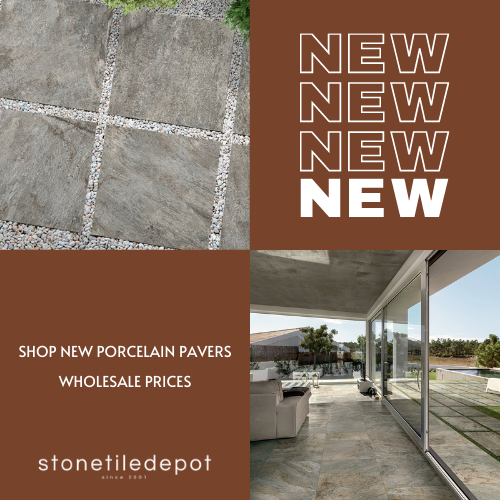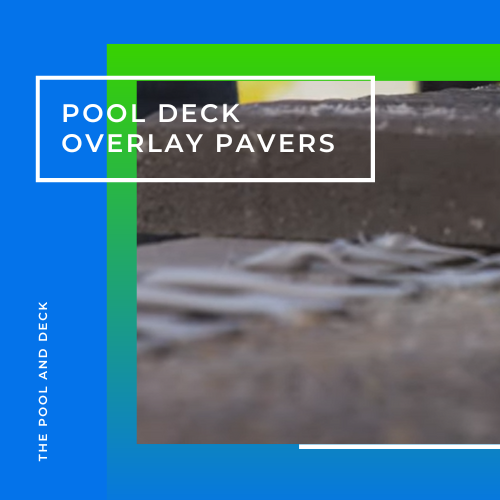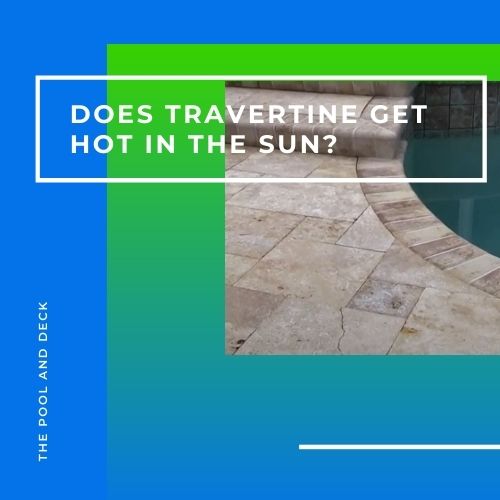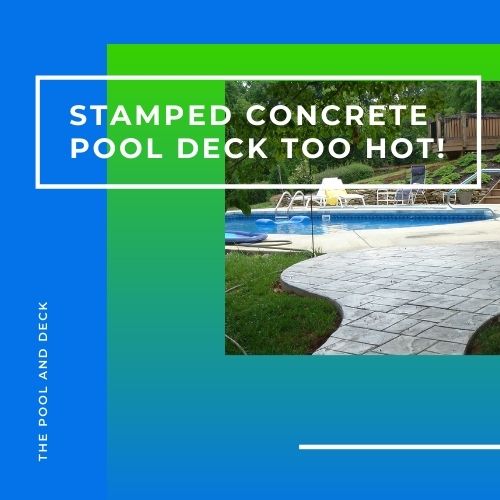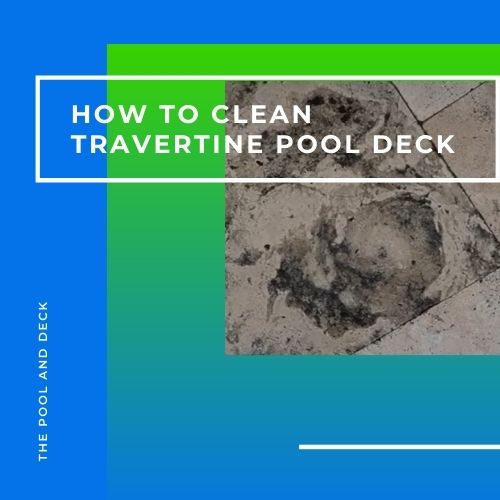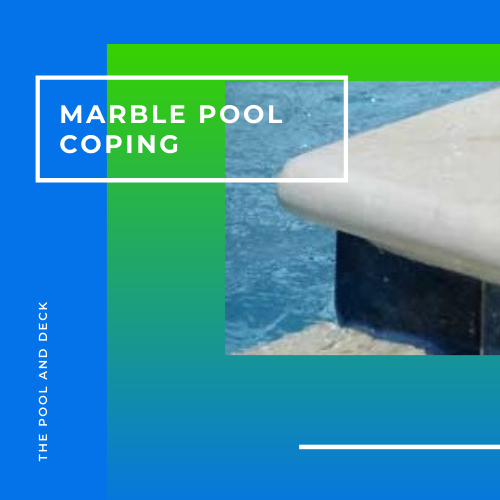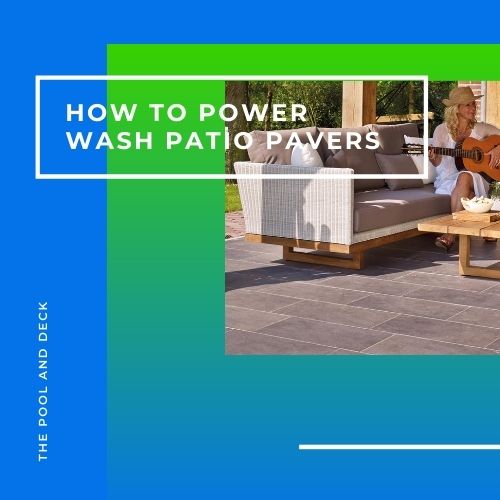Is Limestone Slippery Around Pools? (Important Stuff You Need To Know!)
thepoolanddeck.com is a participant in the Amazon Services LLC Associates Program, an affiliate advertising program designed to provide a means for sites to earn advertising fees by advertising and linking to Amazon.com . The website is also an affiliate of a few other brands. The affiliate links never increase your purchase price. We do appreciate your support. Thank you very much!
Table of Contents
Is Limestone Slippery Around Pools?
Have you decided to take your lifestyle to the next level? Installing a pool in your backyard will give your kids hours of fun, you workout without the sweat and your wife a place to entertain her friends. You want to use limestone pavers on your deck. Limestone is natural, warm and classy! But is limestone slippery around pools?
Polished limestone around pools is slippery, especially when wet. But finishing techniques that add texture to limestone pavers can make them slip resistant.
So, do not give up on your dream of building the most amazing pool deck just because you worry that limestone is slippery around pools.
Before you make a decision, one way or another, read this post. I will tell you everything you need to know about limestone pavers and their suitability as pavers for pool surrounds.
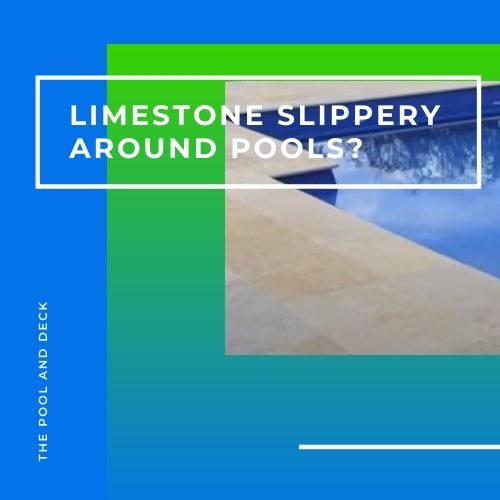
And then visit a natural stone dealer or showroom in your area. Take a look, feel the material and talk to them! I am sure it will be helpful.
Let me start with the basics.
What Are Limestone Pavers?
Limestone is a natural sedimentary stone, rich in calcite. It was formed millions of years ago, mostly through biological processes. Limestone has been used for building and paving since ancient times.
(The Great Pyramids are made from limestone!)
The color of limestone is an important reason it is a sought after paver for pool decks. Limestone is available in natural earthy shades of white and gray, which complements the blue pool water beautifully. A bit like the sandy beach on the shores of a blue ocean!
Once the limestone has been quarried, it is cut and finished into pavers or tiles to be used as flooring. The quality, texture, porosity etc. can vary substantially from lot to lot depending on the source and the finishing process.
You have to be very careful when you decide to use limestone pavers for your pool deck. You must see and feel the paver yourself before you buy it. And you must ask a lot of questions!
When it comes to limestone pavers, the price per square foot can vary a lot, depending on a host of quality parameters. I do not recommend that you settle for the cheapest as it may work out to be far more expensive in the long run.
Is Polished Limestone Slippery?
How slippery a paver is, of course, depends on the material of the paver. But even more important is the surface texture. As a thumb rule, a smooth paver will be more slippery than a paver with some surface profile.
A smooth paver has an extremely shallow surface profile. Surface profile is what gives traction & grip to make the paver less slippery.
Apart from the smoothness, a paver could become more slippery in the presence of water or slime.
Pool decks are not going to be dry for long. They will become wet as soon as the swimmers start diving into the pool, splashing around and having fun. That is exactly what a pool is for!
Limestone is porous in its natural state. It will absorb water readily.
But a polished, and possibly sealed, limestone has a non-absorbent surface. Water forms a thin film between your feet and the polished limestone paver.
The water film works like a lubricant, much like grease on moving machinery parts. The friction or the resistance to horizontal motion between the two surfaces (the paver & your feet) drops, making the polished limestone paver even more slippery.
The slip resistance between the wet soles of bare feet and a smooth pool deck drops because of a phenomenon called “hydroplaning”. This is the same phenomenon an ice skater uses to glide on the rink or a jet ski uses to move effortlessly on the ocean.
The thin film of water between the two surfaces reduces the COF (coefficient of friction).
Slime is usually some kind of biological growth such as algae, mold, moss or lichens. Whatever they are, they look disgusting, are slimy and will cause your limestone pavers to become slippery.
How To Make Limestone Pavers Less Slippery?
The natural stone industry is aware that pavers, such as limestone pavers can be slippery when wet. The industry has resolved the issue of slipperiness of limestone pavers by developing a range of surface finishes.
The surface finishes add a micro profile to the polished limestone pavers or tiles. The success of the various processes goes to the fact that not only does the limestone become less slippery, it also acquires a more realistic, natural look.
A polished finish is desirable for interior floors. But for outdoor applications, such as pool decks, you can choose from a range of finishes that are less slippery.
Bush-Hammered
Bush-Hammered finish results in a uniform color and look. It is very popular, as a pool deck paver, because it has strong anti-slip properties. Looks good too!
Sandblasted + Brushed
Sandblasted + Brushed is another popular finish for pool decks due to its excellent non-slip properties. The finish brings out the natural beauty and warmth of limestone.
Sandblasted
A sandblasted finish is a more muted version of the above. The appearance may be muted but the non-slip properties are accentuated.
Brushed
The limestone paver is scraped with a metal brush to remove the softer parts of the surface. The process is a bit like brushed concrete. The result is a rough, weathered look that is anti-slip.
Tumbled
The tumbled finish is the one for you if you are wanting to give your pool deck a classic, aged look. The finish is matt & rustic and would complement a house in the modern farmhouse architectural style. The finish is slip resistant too!
Flamed
A very special non-slip finish is achieved by burning the limestone paver or tile with an oxy-acetylene torch and then cooling it with high pressure cold water. It can also be imparted to existing limestone pool decks.
Thank you very much for reading the post. I do hope you found it informative and helpful.

